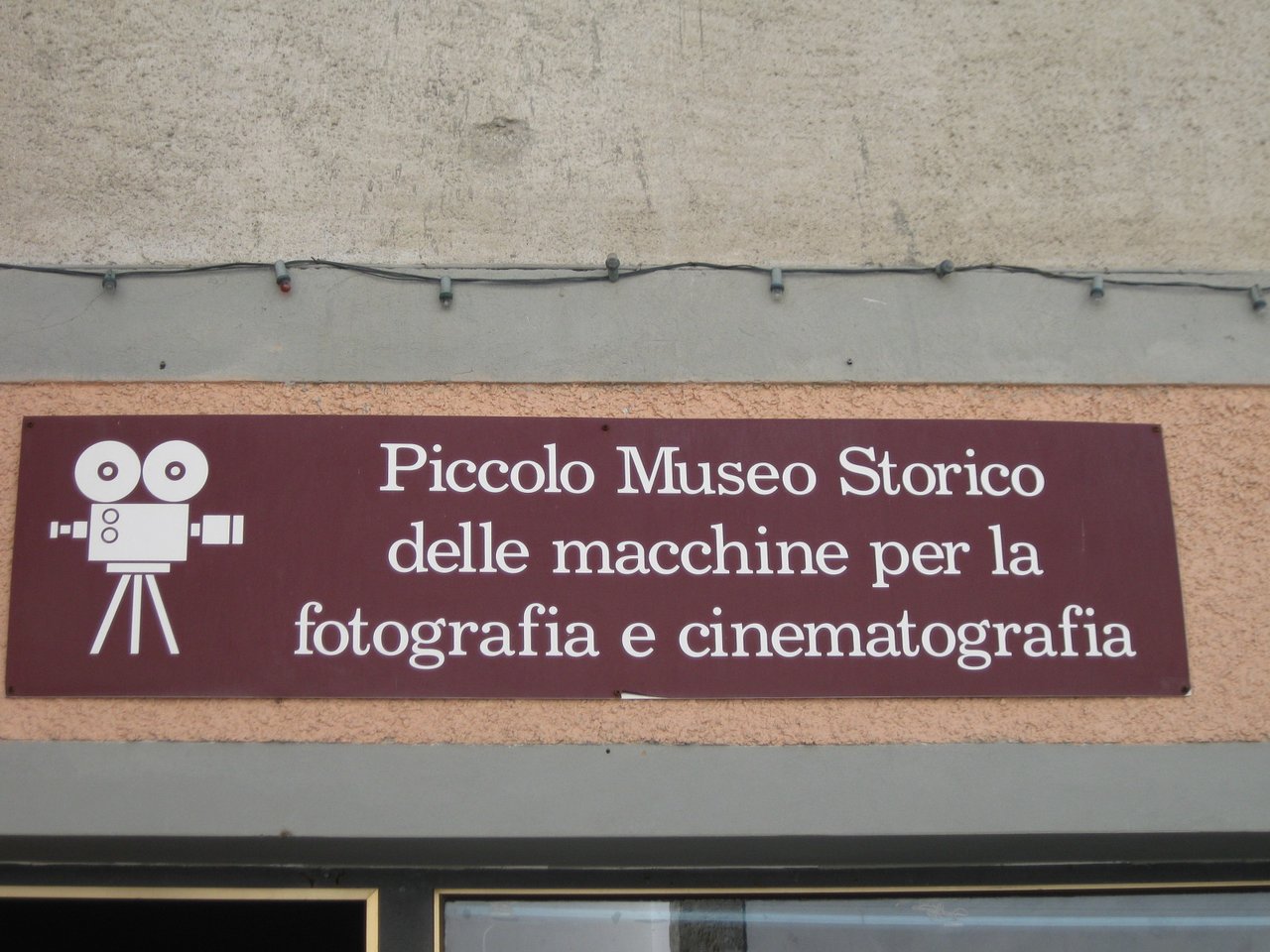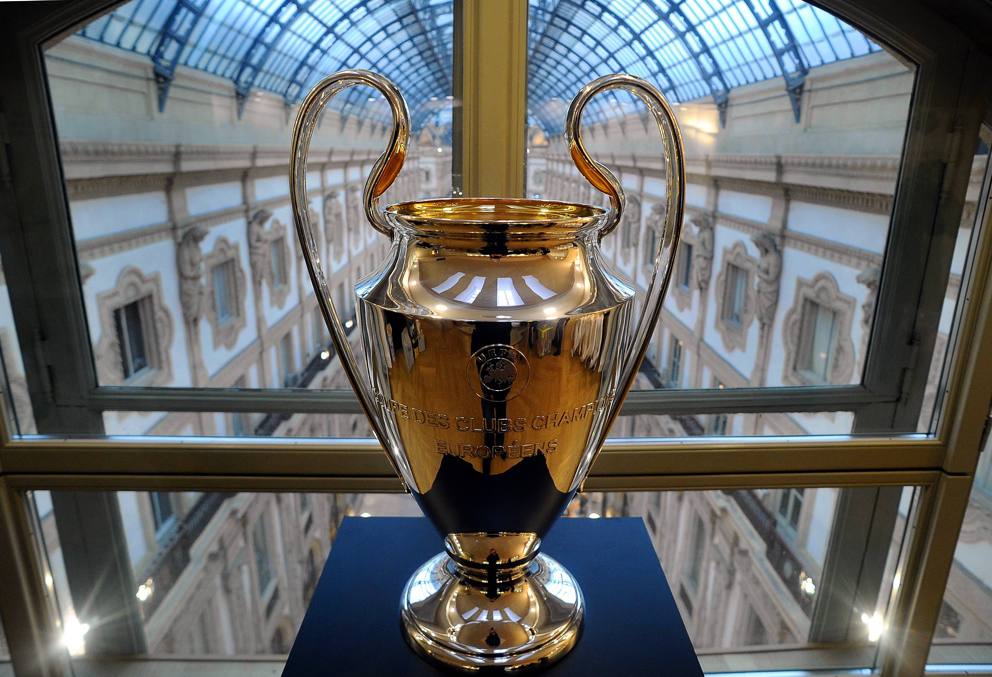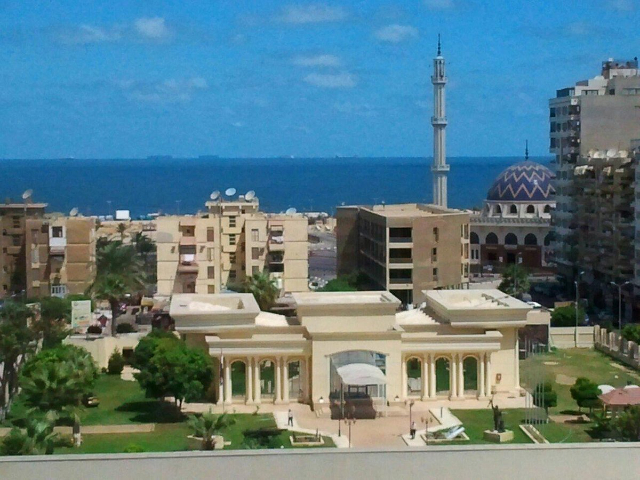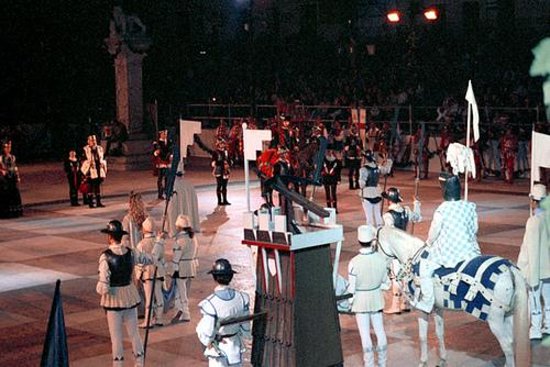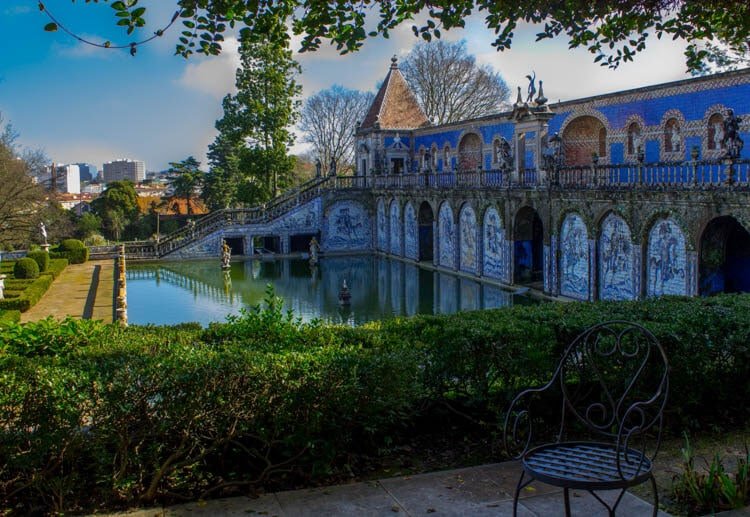The project, which cost almost thirty million dollars, is by the HOK Florida studio, which doubled the size of the original Dalí Museum of 1982, for a total of 6300 square meters, distributed over three floors, in which oils, watercolors, drawings, sculptures and other works from the permanent collection of 2,140 pieces are displayed.
The concept of the project derives directly from the purpose of the building. It is inspired by both Dalí’s surrealist art and the practical need to place the collection away from the hurricanes that threaten Florida’s west coast.
"Salvador Dalí was a great pioneer of 20th century art and this is perhaps the best collection of his work in the world," said Weymouth, director of HOK Florida. "Our challenge was to discover how to solve the technical needs of the museum and the site in a way that expressed the dynamism of the great art movement he led. It was important that the building speak of surrealism without being mundane."
A Euclidean "casket", almost 18 meters high, at right angles, with thick reinforced concrete walls contains and protects the works of art. This box of exposed concrete is interrupted by a fluid, organic body in triangular glass, called "Enigma" (after the name of a painting by Dalì 1929), which opens the museum toward the bay and the sky and constitutes the roof of the atrium.


